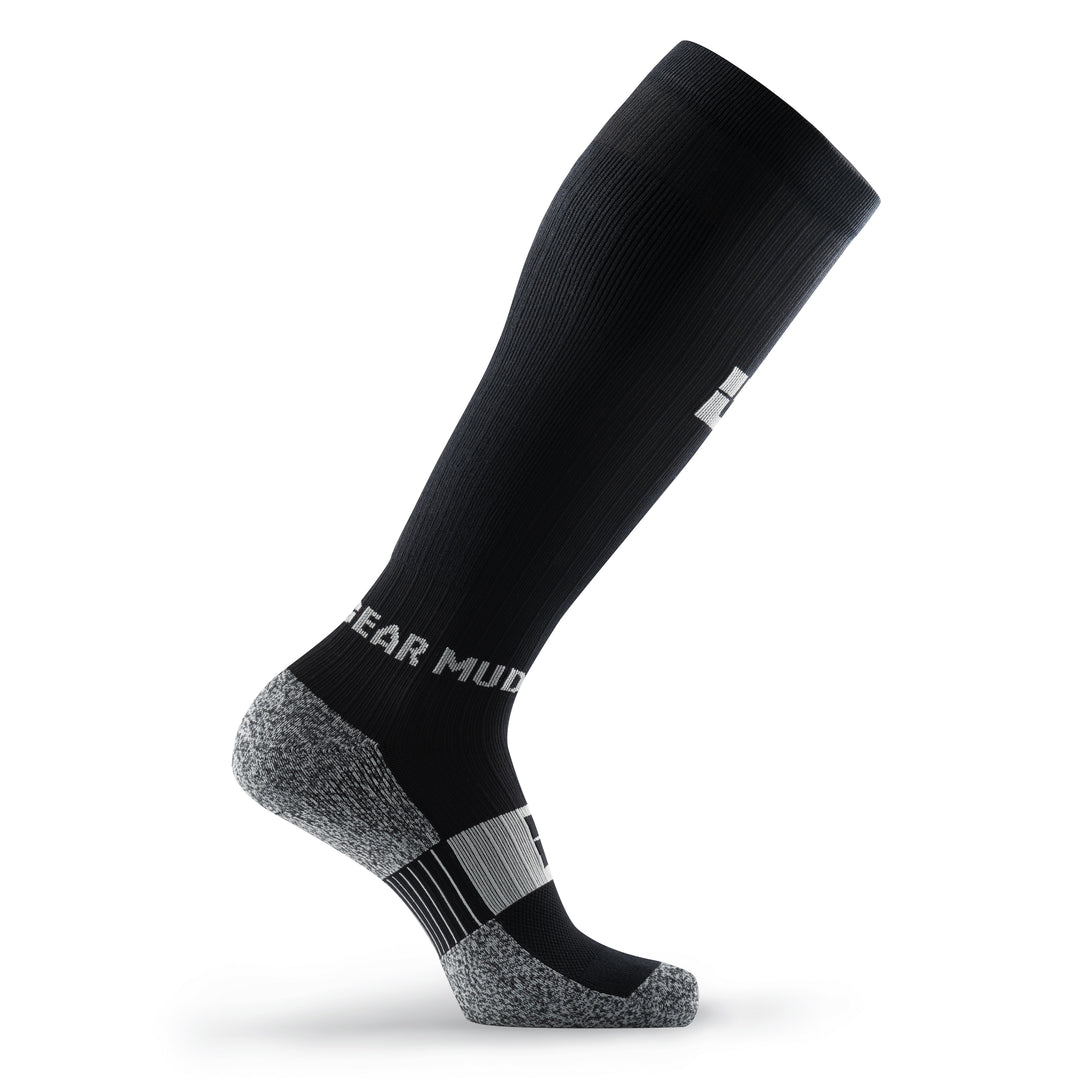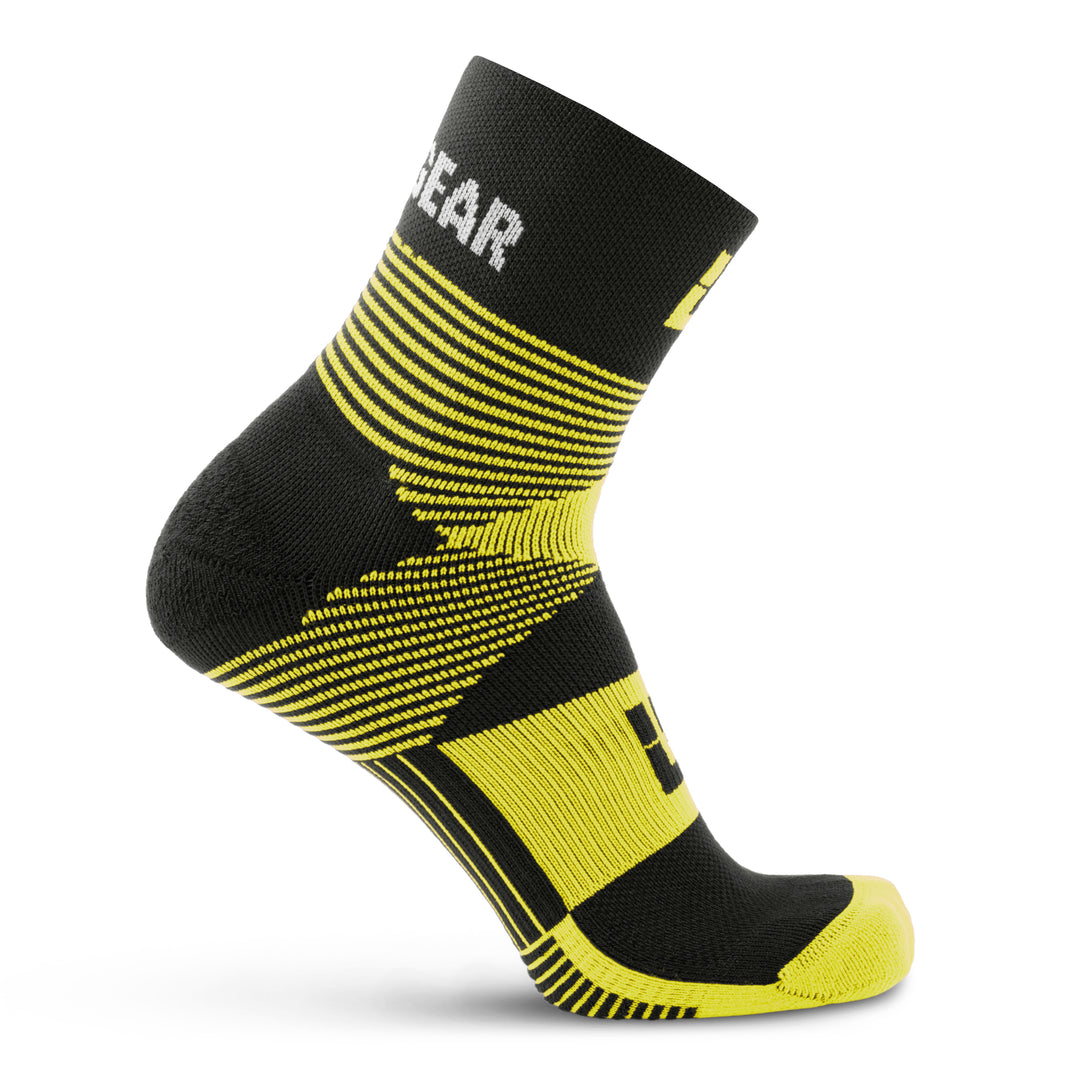World’s Toughest Mudder 2021 Comparison to Prior Years

The Easiest World’s Toughest Mudder Ever?
Every year I write a comparison article talking World’s Toughest Mudder (WTM) and how it stacks up against the other years. As someone who has done every WTM event since 2014, I think people enjoy hearing how this year’s event compares to some of the historic ones. Here are my two cents on the WTM, why the winner of WTM got the highest mileage in the event’s history, and if that means this was the easiest WTM ever:
Terrain
The sandy terrain was much more reminiscent of Vegas (2014-2017) then Atlanta (2018-2019) which was more mud and dirt. In previous years, part of the course included a short swim in one or multiple sections. Overall elevation per lap was 641 feet, which is much closer to Atlanta (663 feet and 623 feet) than it has been to Vegas courses (800 ft., 839 ft. 817 ft. and 865 ft.).
Verdict: A lack of swims on the course make for faster laps as compared to previous years. However, the addition of loose sand, which we haven’t seen since 2017 slowed you down slightly. I do think the Laughlin course had more loose sand and loose rock than the Vegas course but the overall elevation gain was about 200 feet per lap lower thus making the Laughlin course a little faster per lap on average when it comes to terrain.
Weather #NoWetsuitsNeeded
The World’s Toughest Mudder Community (join it here) jokes about it every year, but this was the first year it came true. Please don’t stop reading…and don’t leave the wetsuits at home next year, because it only partially came true. The top athletes who were running the majority of the race didn’t put on a full wetsuit, but some still wore neoprene; and if you spent a lot of the course walking, you probably put on a full wetsuit still. So make sure you pack that wetsuit (also read 1st Timer’s WTM Guide and be sure to check out my book Mud Run Guide’s Ultra-OCR Bible, the only book on endurance OCR).
Verdict: I don’t think this is up for debate. This was the nicest weather WTM has experienced in the event’s history. With highs in the 80s and lows around 63, it was the warmest it has ever been. In fact, some people had the opposite problem with athletes overheating in those first four hours. All that being said, the wind whipping through parts of the course made it feel colder than 63 at many times, and the water temperature was surprisingly chilly in the obstacles. Furthermore, the 20+ degrees change in temperature made the cool night feel a little colder than it actually was.
Obstacles
Normally I do a breakdown separating some of the nuances of the obstacles here, but I’ll go with a broader approach this year. At WTM 2021, they “mashed up” many of the obstacles so some were actually two in one. Historically, things like going through a tunnel or under barbed wire are considered "must complete" while harder obstacles like rigs/monkey bars are penalty obstacles. So, the more "must complete" obstacles, the easier the overall course is. Right? Well, not in 2021. In Vegas there were usually around 11 obstacles that you must complete (13, 12, 8 and 11 by year) and Atlanta had around 17 (18 and 16 by year).

When it comes to mentally demanding obstacles, Laughlin had plenty. Arctic Enema was on the main part of the course and not a penalty (like it was at all previous Vegas editions). Electricity was also its own route. So, you could bypass it completely if you preferred Arctic Enema; but there were 3 electricity obstacles, when historically there are only one or two. If you chose to skip electricity and do Arctic Enema in the middle of the night, there was a portion where you had to go in reverse (under the Devils Beard by the exit) and then up the Arctic Enema slide (which now had ropes). Notably missing in 2021 was a jump from heights such as The Cliff (2014-2017) or The Stacks (2018), which some view as a “hard” obstacle but physically, it was always one of the easiest ones. Heights just scare people and wears on them mentally.
There were also a good mix of upper body obstacles with The Gauntlet, Funky Monkey and, later in the night, Dong Dangler (a Tyrolean Traverse). The Gauntlet, Tough Mudder’s rig, now had an additional balance section making it harder, but you were allowed to grab the support structure on the last section, making it easier. Funky Monkey’s bars were the same as they have been for all of 2021, which are slightly thicker making the monkey bar portion harder. Finally, Dong Dangler took a surprising amount of energy once we were 12+ hours into the race. It wasn’t the most upper body obstacles (that was 2017), but it was more than some of the other years.
Verdict: “Must complete in 2021” took a different meaning. Obstacles like Berlin Wall now had an overhang at the top which made it harder (similar to 2017). Skidmarked had the foot holds covered but was still must-complete (shout out to Peaches who stood there for 24 hours helping people that otherwise would have ended their race at that obstacle). The thing that makes an obstacle hard for one person is something that is easier for another. Furthermore, factors like the weather can change the difficulty of an obstacle changing a water obstacle from fun into miserable. Overall, it is a toss-up, but Tough Mudder brought a unique twist modifying almost every obstacle in their inventory with the exception of the fan favorite Blockness Monster.
Penalties
Penalties historically required walking/running additional mileage. Not a big deal in the first six hours, but in the last six hours can add substantial time. Although I didn’t use any penalties for the 24 hours, I could see many of them as I ran by. Penalties with little walking typically took less time, but sometimes they were pretty bad - like Funky Monkey’s penalty, which involved a bouncy ball hop that looked very tiring on the legs. The worst penalty was Everest, which required running the full length of the kid’s course (1/2 mile) with all obstacles. That might take you 20 minutes when you are exhausted! To add insult to injury (which I think is actually really funny) by taking the penalty, you earned the Tough Mudder Mini-Mudder headband at the end.
Verdict: Overall, it looked like the penalties required less time, but that doesn’t mean they were easier. So, the penalties were more conducive to higher mileage, but not necessarily better and arguably more mentally draining than some previous years which required trudging along a path.
The X Factor (Bypass and Other). 2019 was famous for its gamification, which included finding things like rubber ducks or hidden carabineers on course allowing you to cut off mileage/obstacles. Something I personally did not enjoy as someone racing for top spots. However, Tough Mudder Headquarters (TMHQ) nailed it this year. If you wanted to enjoy the games you could race in the open; but if you wanted to compete for podium spots (overall or age group), you had to run in the contender/elite contender category. This meant less opportunities for cutting mileage and no games.
Back were the obstacle bypass wristbands (as were present in 2018-2019 but not part of the event in 2011-2017), which could be earned for every lap starting at mile 25. Runners could then skip obstacle at opportune times by cashing in their bracelets (one skipped obstacle per bracelet).
A lot of the other things I usually talk about here have become standardized like start time (now at noon since 2016). 2014 had a single obstacle free lap; 2015/2016 had an obstacle free hour; and since 2017, obstacles open in a rolling basis preventing backups and allowing for a little more mileage.
Verdict: Again, it is largely a toss-up. TMHQ is better at running the event every year. There were zero lines at obstacles (unlike 2014-2016). The pit space was set up better and gave more people better pit spots. Basically, everything just ran smoother. So, if a company being more efficient and more organized technically makes the event easier, than yeah I guess 2021 was a little easier for many of the X Factors.
It's noteworthy that the WTM community is getting even more selfless (apparently that was possible) with dedicated teams helping Centurions (100x+ Tough Mudder participants) crush mileage or mudders like Jay Mazza and his team at Mudderhorn boosting people up for 24 hours, as well as Francis Lackner pulling people up Everest (along with the other Everest Angels). So while Tough Mudder has made things harder in 2021, the community countered by working together to make some signature obstacles collectively easier.
Overall

So was this, in fact, the easiest World’s Toughest Mudder ever? Well, as usual, it depends on your own personal strengths and weaknesses. At the end of the day, covering 50 miles in 32 degrees or 65 degrees still involves physically moving your body those 50 miles. The majority of the time in any WTM is spent walking and not doing obstacles. In my opinion, it's the weather that wears people down more than any obstacle you can put on course. So from my personal opinion, I do think this was the easiest one yet…although perhaps that opinion is a bit biased based off doing the event 7x.
When people tell stories of WTM they always tell you about the worst or most dramatic parts of the event. They don’t talk about the things that made it easier, but every year has something. In 2014, we didn’t have to do King of Swing after it was demolished in the windstorm. In 2015, the Tramp Stamp trampoline obstacle broke repeatedly, which had an awful penalty. In 2017 (the coldest year since New Jersey), things were literally freezing. They closed a bunch of obstacles including some of the water ones. So, if anyone who wasn’t at WTM this year tells you that “you earned your bib during the easy year,” tell them to meet you in 2022 and prove they still have what it takes; because talk is cheap, but 24 hours of OCR is never easy!

 Evan “Ultra-OCR Man” Perperis is a professional obstacle course racer for the MudGear-Battle of the Lions Pro Team. With over 65 overall podiums and counting, he is best known for his annual ultra-endurance events that often last multiple days to raise money for the charity Folds of Honor. You can read about these events and his military service in his biography “Ultra-OCR Man: From Special Forces Soldier to Record Setting Pro OCR Athlete” (available in hard copy, digital and audiobook). A NSCA-CPT he also has an additional five books on training and preparing for Obstacle Course Racing.
Evan “Ultra-OCR Man” Perperis is a professional obstacle course racer for the MudGear-Battle of the Lions Pro Team. With over 65 overall podiums and counting, he is best known for his annual ultra-endurance events that often last multiple days to raise money for the charity Folds of Honor. You can read about these events and his military service in his biography “Ultra-OCR Man: From Special Forces Soldier to Record Setting Pro OCR Athlete” (available in hard copy, digital and audiobook). A NSCA-CPT he also has an additional five books on training and preparing for Obstacle Course Racing. 













Leave a comment